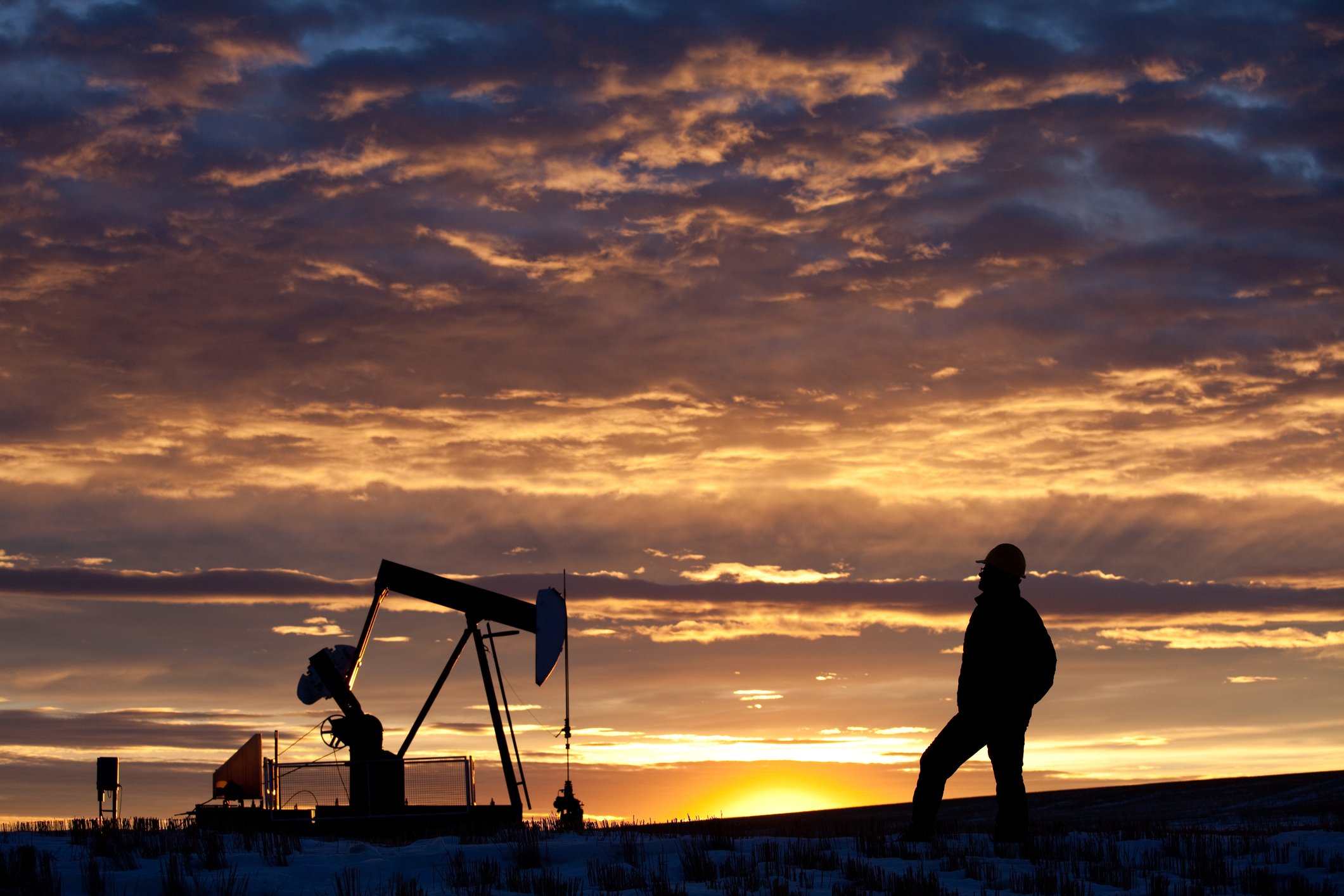
Image source: ConocoPhillips.
Weak oil prices have led to the reduction, suspension, and even outright elimination of a great number of dividends in the energy sector this year. Chesapeake Energy (CHK +0.00%) was one of those parting ways with its dividend after 13 years while Breitburn Energy Partners' (BBEP +0.00%) payout has already been reduced twice this year.
However, there is one oil company out there that believes that down is the wrong direction for a dividend. ConocoPhillips (COP +1.49%) boosted its payout earlier this year, because it believes that the only direction a dividend should go is higher and it has built its business around delivering sustainable dividend growth, no matter the oil price.
One direction
On ConocoPhillips' third-quarter conference call, an analyst asked the question that's on most investors' minds, which is what's the future of the company's dividend. Here's what CFO Jeff Sheets had to say about the dividend:
You know, we've been pretty consistent. Since we started ConocoPhillips as an independent E&P we thought the way to create value in the business was a combination of moderate growth and strong payouts back to our shareholders in the form of a dividend. We think of a dividend as something that really should only go one direction and there can be some variability in the rate at which dividend increases. But the key to a dividend is to have it be consistent and to grow it over time. So we haven't really had significant discussion to talk about trying to adjust the dividend. It's an important part of our value proposition. It puts a lot of discipline into the system to have that dividend. So you've heard us talk about it pretty consistently. You're going to continue to hear us talk about that as a key component of our value proposition.
In other words, while its competitors might take their dividends down, the only direction ConocoPhillips' dividend is heading in the future is up. While the growth rate may be slow -- it was only $0.01 per share this year -- the dividend will still grow even if oil prices remain weak.

Image source: ConocoPhillips.
Why the dividend is so secure
That's largely due to the fact that ConocoPhillips has two big levers to pull in order to meet its commitment to shareholders while still investing in its business. Those levers are capital flexibility and balance sheet strength.
ConocoPhillips plans to spend $10.2 billion on capex this year, which is down 40% year over year, and 11% from its initial guidance. Spending in the future, however, could be brought down to below $8 billion, which would roughly match its cash flow even after paying its robust dividend.
That's flexibility that Chesapeake Energy just didn't have. First of all, it was expected to have a $2.7 billion cash flow deficit next year if it didn't cut its dividend. That said, even after cutting the payout it only saved the company roughly $240 million per year suggesting it has a long way to go before matching cash flow with capex. Chesapeake's problem was twofold: Its cash flow is weaker because most of its production is lower-margin gas, while its production has a steep decline rate, which meant it had less flexibility because it needed to invest more capital just to keep production flat.
Meanwhile, BreitBurn's biggest problem was the fact that it was paying out virtually all of its free cash flow to investors via very large distributions and using debt to fund growth capex and acquisitions. So, when oil prices fell, it forced the company to cut both capex and the distribution so that it could generate enough cash flow to stay afloat.
The other key difference is the fact that ConocoPhillips has an A-rated balance sheet with the capacity to add a significant amount of debt and still maintain that rating. Meanwhile, both BreitBurn Energy Partners and Chesapeake Energy are rated below investment grade. In fact, BreitBurn Energy Partners' debt situation was so precarious that it needed to obtain $1 billion in debt and equity financing, with the debt carrying a 9.25% interest rate, from a private equity company earlier this year. The capital infusion was critical to boosting its liquidity after it borrowed heavily on its credit facility, which could have caused a liquidity crisis if its banks slashed its borrowing base.
Investor takeaway
ConocoPhillips feels very strongly that a stable dividend should be foundational and that dividends should go up and not down. Because of that view, it hasn't taken on a whole lot of debt to fund a high growth rate because its dividend forces discipline. That's why its payout hasn't fallen victim to low oil prices like we've seen at BreitBurn Energy Partners and Chesapeake Energy, both of which put growth ahead of stability.






